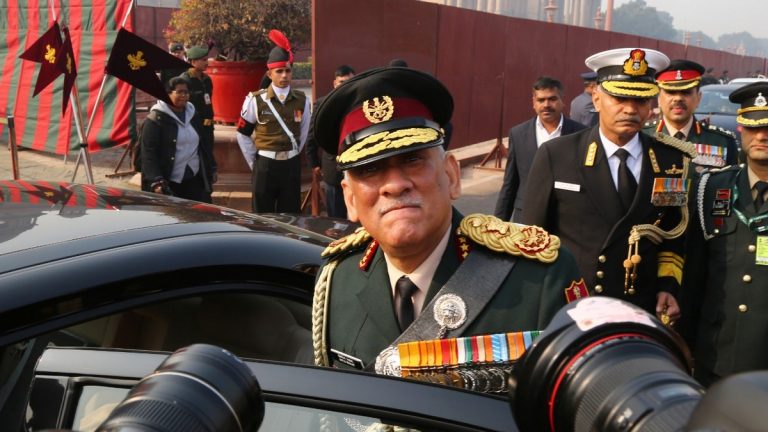In the union budget 2020-21, Rs. 4.71 Lakh crore is allocated for the defence. This is around 8 per cent of the total government expenditure and around 2 per cent of the country’s GDP. However, the majority of the defence budget goes to defence pension which accounts for Rs. 1.33 Lakh crore or 28 per cent of the total defence expenditure. The expenditure on pension increased by 13.6 per cent compared to last year while total allocation jumped by only 3 per cent.
Majority of the defence expenditure is going to pension, which is increasing exponentially since the Modi government implemented One Rank One Pension. The increasing revenue expenditure (salaries+ pension) has constrained the armed forces from increasing capital expenditure on purchase of defence equipment. Therefore, important reforms are required to trim the revenue expenditure and increase capital expenditure allocation.
The first and foremost of these reforms could be to increase the retiring age. Yesterday, the Chief of Defence Staff (CDS), General Bipin Rawat, whose post designed to look after such reforms, said retiring age of the defence personnel, particularly those below officer rank, should be raised to 58, on par with the retirement age of majority of the officers. As of now, the majority of military personnel of non-officer rank retire at the age of 37-38.
The increase in the retirement age will optimize the services and trim the burgeoning defence pension. Rawat said that the defence personnel who retire at the age of 37-38, are forced to look for the jobs below their dignity, despite the defence pension.
“The ratio should be reversed. Why make them go through that? Instead, their (retirement) age should be increased to 58,” said Rawat. “Those who have served in difficult areas like Ladakh in their 40s may not have to do so in their later part of their service when they are retiring,” he added.
The Capital allocation of the defence forces jumped marginally, just by 3 per cent. At a time when countries around the world are trimming the defence personnel and spending more on technology and equipment, India spends more than two-thirds of the defence budget on salaries and pension. Therefore, cutting down the pension is needed to modernize the Indian armed forces. The CDS said that the budget for the armed forces is enough but the management of the allocated money is important. “It should not be like you buy whatever is available… you have to be serious about what you really want and decide on your priorities,” said Rawat.
As per defence ministry officials, the burgeoning defence pension is becoming a concern for the government. “We are aware of the problem, but it is difficult to cut down on defence pensions, as they are a factor in motivating defence personnel to serve in difficult conditions,” s/he said.
Previously, The Print reported an official saying, “Instead of taking any drastic measures, the feasibility of increasing the retirement age of soldiers is being studied. This could go a long way in reducing the pensions burden,” said another official.
Increasing the age of defence official is being seriously explored by the government, and the newly appointed CDS is pushing over the policy design to increase the age of non-officer ranked personnel. “I think one-third of the Indian Army can go till 58. Today, you are sending a chap home at 38, and he lives till around 70. So, for 17 years of service, you give 30-32 years of pension. Why not give him 38 years of service and then give him 20 years of pension? We are reversing the trend,” he said.
Increasing the age of service will not only save the personnel from doing the petty jobs which are below their dignity but also trim the burgeoning defence pension.
